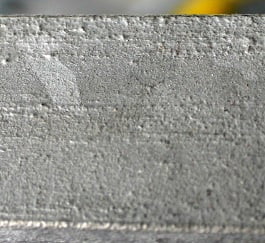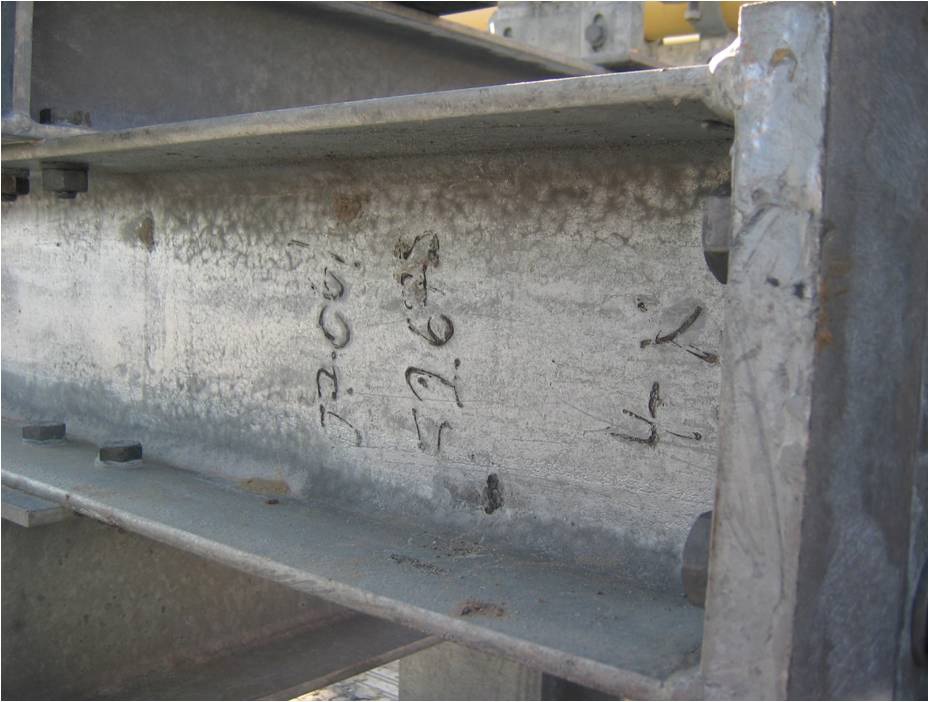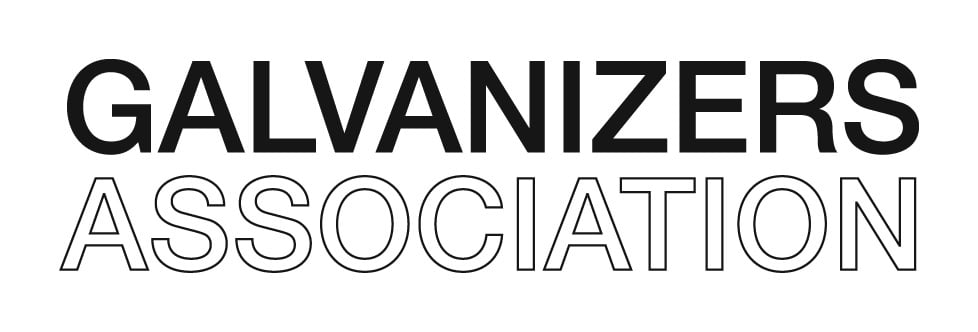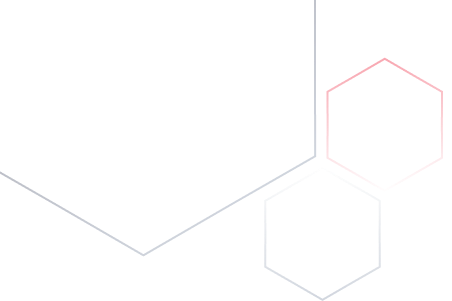The chemical composition and the condition of the steel which forms the base material are vitally important for successful hot dip galvanizing. They affect the thickness, structure and quality of the galvanized coating. For best results, it is just as important for the customer to ensure that the construction and design are suitable for galvanizing. A metallurgically clean steel surface is an absolute necessity for satisfactory hot dip galvanizing.
However, steel surfaces are normally covered with contamination or corrosion products as a result of their chemical composition, manufacture, subsequent treatment or their previous use. Contamination can be caused by a variety of materials including oils, grease, soaps, dust, old coatings or the remains of manufacturing aids. Corrosion products include rust and scale caused by oxidation of the steel surface.
Preliminary treatment by the galvanizer of the material to be hot dip galvanized leads to complete removal of corrosion products on the steel surface by cleaning in hydrochloric acid, but this may not be the case with other contaminants. Also, irregularities in the surface of the steel such as scratches or grooves may cause the zinc coating to react more strongly with the base material, making these areas more conspicuous after hot dip galvanizing (Image 1).
Removal of Contamination
Oil and Grease
Although many galvanizers have degreasing baths, fabricators should ensure that oil and grease are removed from the surfaces of articles to be galvanized. If oil and grease remains on the steel the galvanized coating may not form locally at these areas.

Welding Slag and Welding Aids
When coated electrodes are used during welding, a glass-like slag can occur at the weld seam and this can only be removed with difficulty. The supplier should remove these deposits as they may also result in uncoated areas. Gas welding does not produce a prominent layer of slag, but very small brownish glass-like spots may remain on the weld seam, depending on the welding process and the size of the work. Slags consisting predominantly of manganese silicates may be a concern as they might result in uncoated areas. Very small residues on manganese silicate create a particular problem as they are hardly noticeable but adhere very strongly to the steel. In some cases, it may be necessary to use a compressed air needle on the welded seams or to lightly grind them. Weld anti-spatter sprays are often used to ensure that weld spatter does not come into contact with the base material. Weld anti-spatter sprays are barely visible to the naked eye and may burn onto the steel surface resulting in an uncoated area around the weld seam. If weld anti-spatter sprays must be used, then it is recommended that water-based or water soluble sprays are used. Oil based and silicone based weld anti-spatter sprays should not be used.
Shot Blasting and Shot Blast Residue
Steel fabrications are sometimes shot blasted after manufacture. If they are hot dip galvanized after blasting, care should be taken that any residue from the blasting is completely removed from the corners and angles of the structure, otherwise this will affect the surface finish achieved.

Old Coating and Markings
Steel fabrications are often identified by means of coloured marks and ole steel components may already have been painted. Complete removal of these residues is essential and should be done by means of blasting, grinding or by using special paint strippers. If this is not done, uncoated areas will occur in the galvanized coating (Image 2). Water based identification markers are available which will be removed by the cleaning process, and they are strongly recommended. Increasing numbers of gates, railings and fences are being renovated, restored and galvanized before being installed. Here it is particularly important to remove the old coating. Riveted bands or similar fastenings with crevices from which it is difficult to remove the old paint require particular attention.
Surface Roughness
The composition of the steel influences the formation and structure of the zinc coating but it is not often realised that the surface roughness affects the thickness of the coating as well. As a rule, surfaces with a very rough surface finish, such as steel which has been blasted and angular iron grit, form thicker coatings than usual since the rough texture of the surface presents a greater surface area to react with the molten zinc and additionally draws a larger amount of the molten zinc with it when the components are withdrawn from galvanizing bath. Using old rusty material in conjunction with new material can also produce clearly visible differences in the coating after galvanizing. Extremely smooth surfaces such as plain drawn, ground or polished surfaces may in certain circumstances also result in heavier coatings as they encourage the formation of very thick zinc-iron alloy crystals which are responsible for the formation of thick coatings (Image 3).
Materials
The use of different steel may produce a galvanized coating of variable appearance even within the same fabrication due to differences in the chemical composition of the steel leading to a variable zinc-iron reaction.
Steel Surface Defects
Problems caused by rolling e.g. shells and laps occasionally occur in the surface of steel sections, the defect being rolled into the steel surface so that it is barely visible to the naked eye. However, during the hot dip galvanizing process these surface defects may become more visible as raised steel spikes or striations.

Learn more
You can find more information about Hot Dip Galvanizing on Galvanizing Association website



